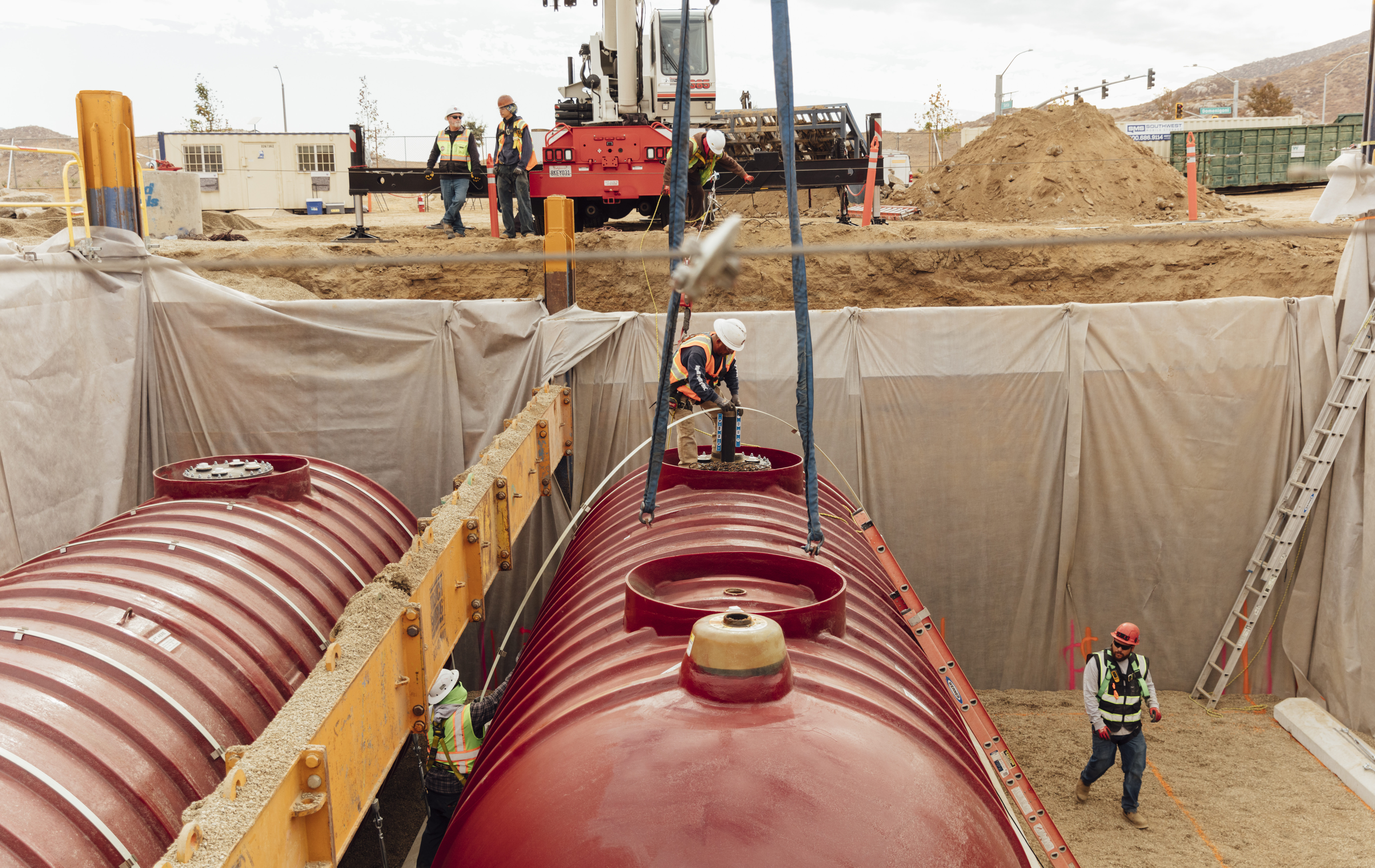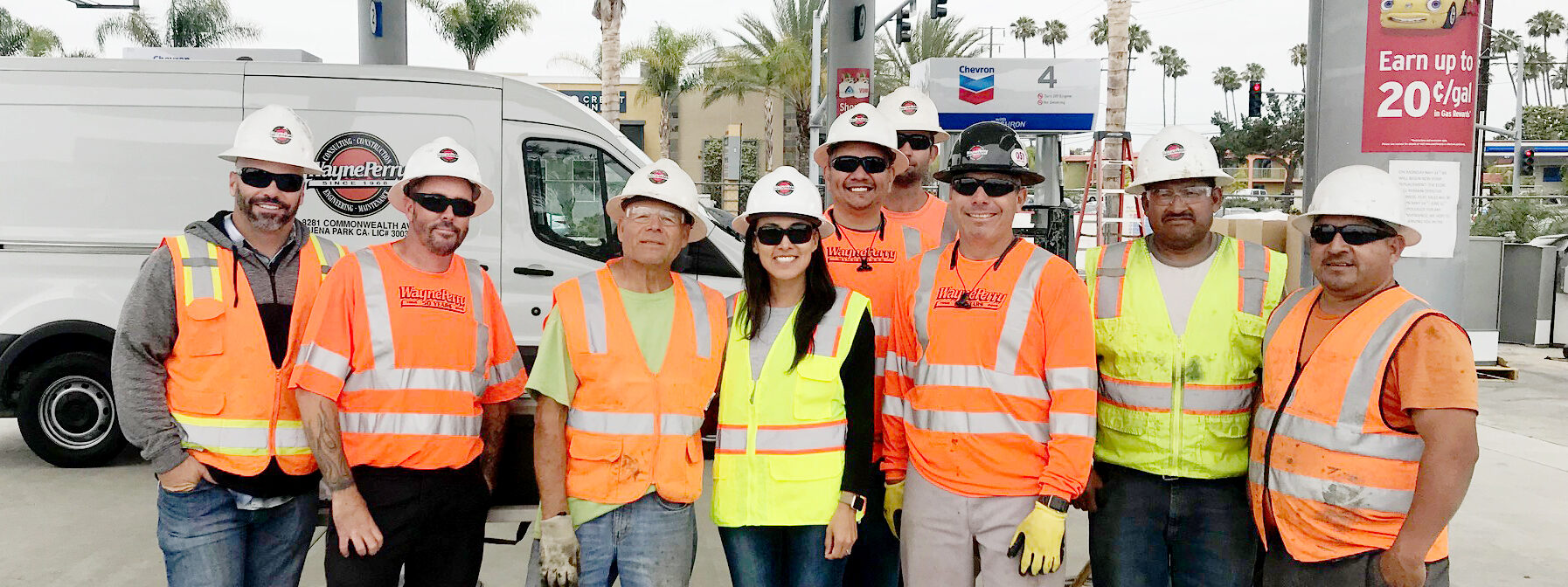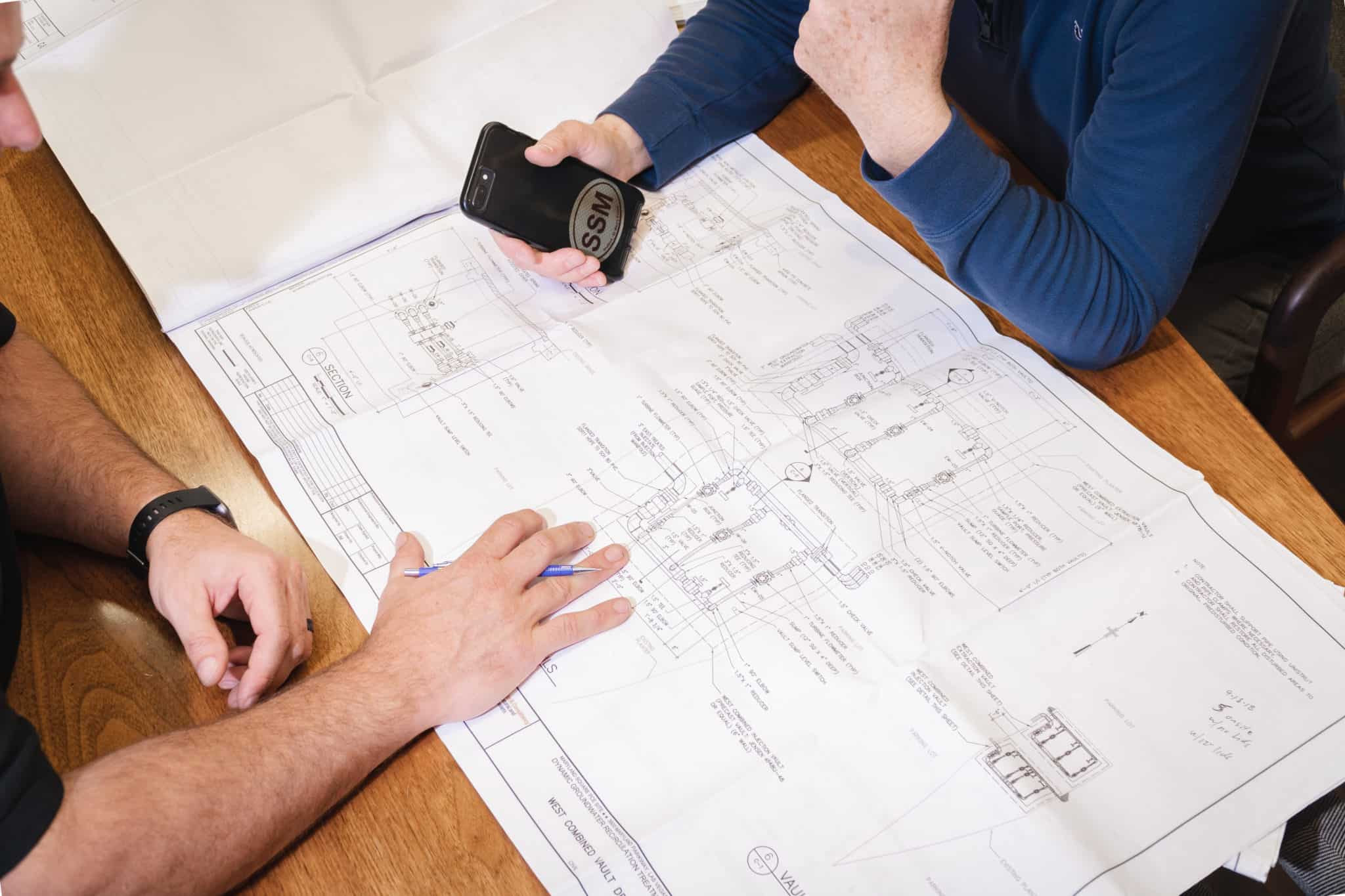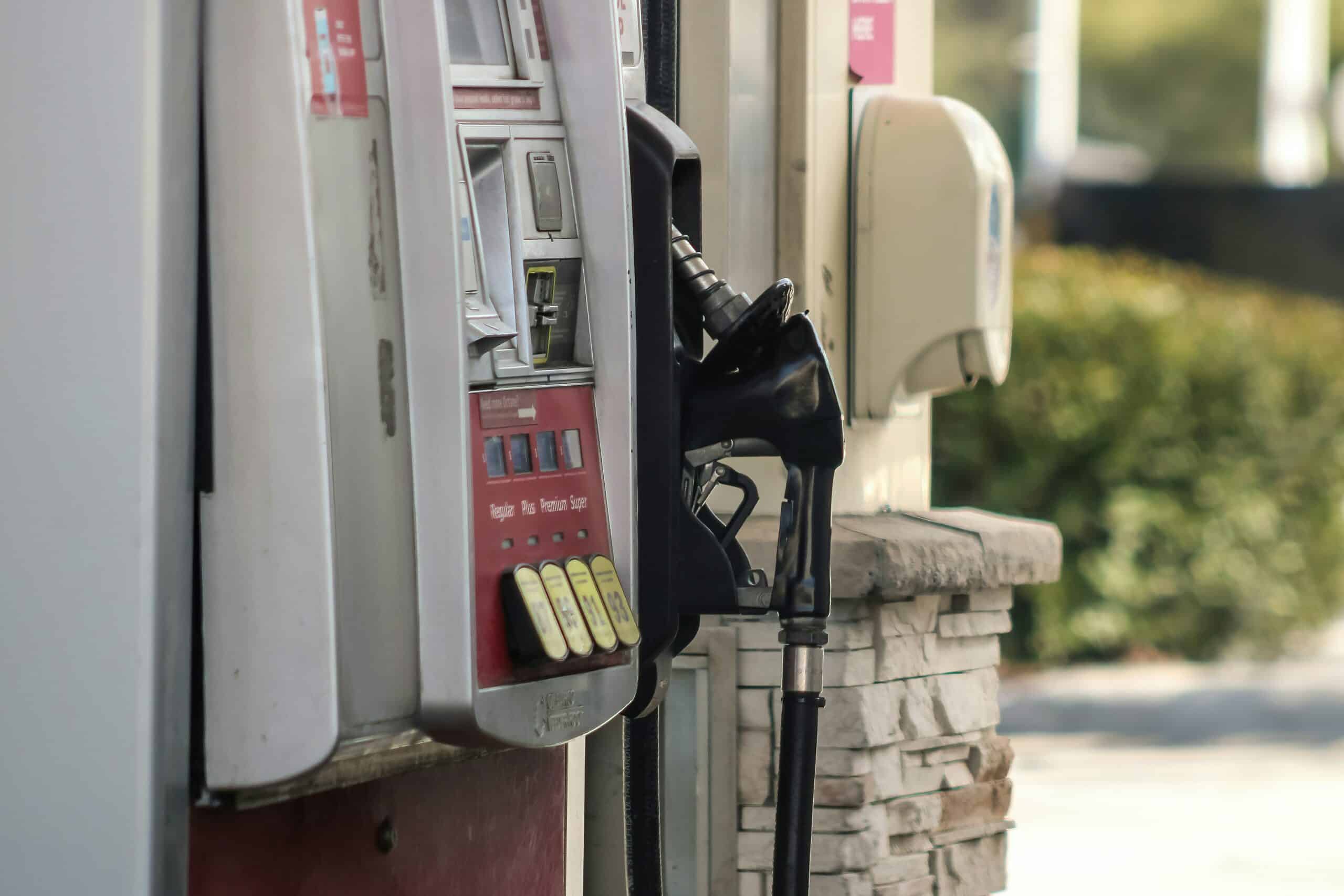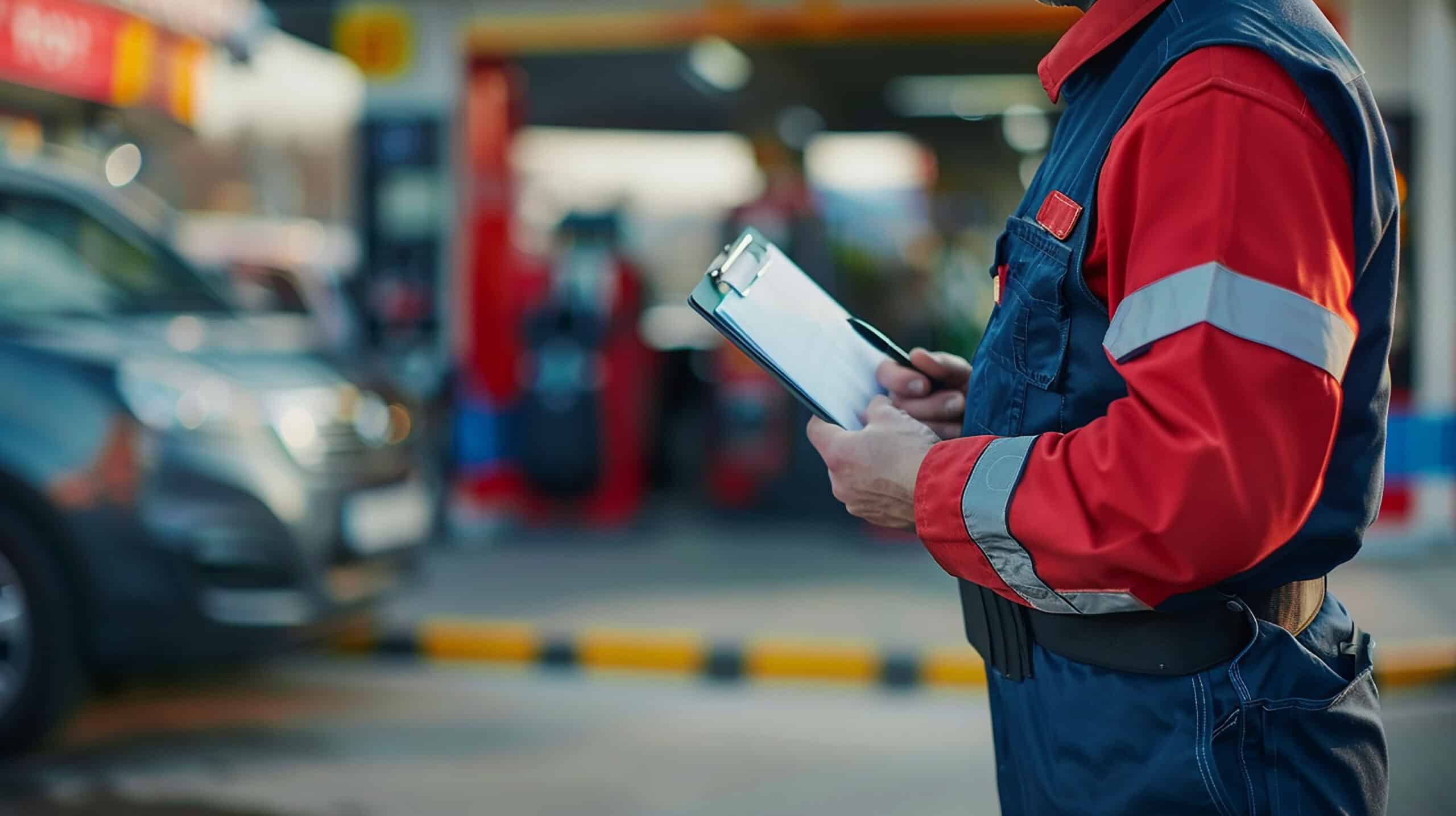As the automotive industry continues to evolve with vehicles that leverage technology for improved convenience, performance, and safety, the refueling industry is advancing in lockstep. Traditional gas stations are being transformed into intelligent hubs that are equipped with cutting-edge technology designed to reshape the way we refuel.
At the most basic level, self-service or unmanned fueling stations enable drivers to select their desired fuel type and specify the amount they wish to pump. Dispensers are capable of processing a variety of payment options, making transactions quick and convenient. Equipped with sensors, cameras, and automatic shutoff valves, smart dispensers ensure the proper amount and grade of fuel, prevent spillage, and provide safe refueling.
Drivers can use their credit or debit cards, mobile payment apps, or even pre-registered accounts to complete the payment process seamlessly. These flexible payment options are ideal for fleet owners whose drivers can use a fuel card and secure PIN to avoid paying at the pump. The fleet owner is billed monthly and is able to better manage fuel usage, costs, misuse, and budgeting.
Robotic fueling: The ultimate in driver convenience and efficiency
Greater levels of automation eliminate the need for driver intervention altogether. Smart dispensers with robotic arms perform refueling. The car’s license plate is recorded by a camera and linked to a payment system such as a credit card or mobile app. Once the car is properly positioned at the dispenser, a robotic arm unlatches the car’s fueling flap, unscrews the fuel cap, and performs refueling from beginning to end. The driver pays by mobile app or fuel card and receives an electronic receipt for their purchase.
Robotic fueling has many benefits for drivers. It eliminates the need to exit the car in bad weather and eases fueling for drivers with physical limitations. It eliminates fuel leaks on drivers and forecourts and avoids drivers selecting the wrong fuel type for their vehicles. Drivers can visit the convenience store or perform other tasks while their cars are being refueled.
Station owners benefit from reduced labor costs while freeing time to provide other services to customers. Decreased spillage at the pumps and faster refueling times per vehicle lead to higher efficiency. Fuel theft and misuse of company cards are reduced to accelerate profit potential.
Automation enables better customer service and station profitability
Adding automated or robotic fueling capabilities to an existing station or building a new standalone station with these capabilities delivers numerous benefits for owners, including:
- Enhanced efficiency: Streamlines fueling and reduces dispensing time per vehicle, enabling more sales in a shorter time frame.
- Better customer experience: Customers appreciate the convenience and shorter wait times, leading to increased satisfaction and loyalty.
- Accurate fuel tracking and inventory management: Improves the quality and accuracy of tracking and recording fuel dispensed to customers, as well as the ability to monitor fuel levels in storage tanks, optimize fuel procurement, and prevent shortages.
- Reduction in fuel theft and fraud: Automated systems incorporate security features such as vehicle identification systems and electronic transaction recording, preventing fuel theft, unauthorized access, burglaries, and financial loss.
- Data analysis and reporting: Automated systems generate comprehensive reports with analysis of fuel usage, sales, and other performance metrics, enabling station owners to identify trends, make informed decisions, and optimize their operations.
- Cost savings and resource optimization: With accurate fuel tracking and inventory management, fuel losses due to evaporation, leakage, or inaccurate measurements are minimized, improving overall profitability.
- Remote monitoring and control: Many automated fueling systems offer remote monitoring capabilities, enabling the ability to stay on top of fuel levels, sales, and system performance from a central location for better control and prompt troubleshooting.
- Compliance and safety: Automated systems often incorporate safety features and regulatory standards compliance. This can include mechanisms for leak detection, overfill prevention, and emergency shutdown, minimizing the risk of accidents and environmental hazards.
Automated fueling systems empower gas station owners to enhance operational efficiency, improve customer satisfaction, optimize fuel management, and achieve cost savings.
